Toyota: Gathering Momentum from Steady Progress to Surge Ahead
From achieving counter-trend growth in sales in China in the first half of 2025 to the initial breakthroughs in electrification and intelligence, Toyota, with the mindset of "planning for the long term surpasses planning for the moment; strategizing for the whole situation outweighs focusing on a single domain," has proven to the industry and the world that long-termism is the right path.
"The highest good is like water. Water benefits all things and does not compete."
The automobile industry was originally defined by the philosophy of iron and fire, seemingly at odds with the wisdom of water. However, traditional Eastern philosophy values the depth and potential of still waters, releasing power when the time is right, which stands in stark contrast to Western industrial civilization’s approach of exploiting every resource and pursuing extremity.
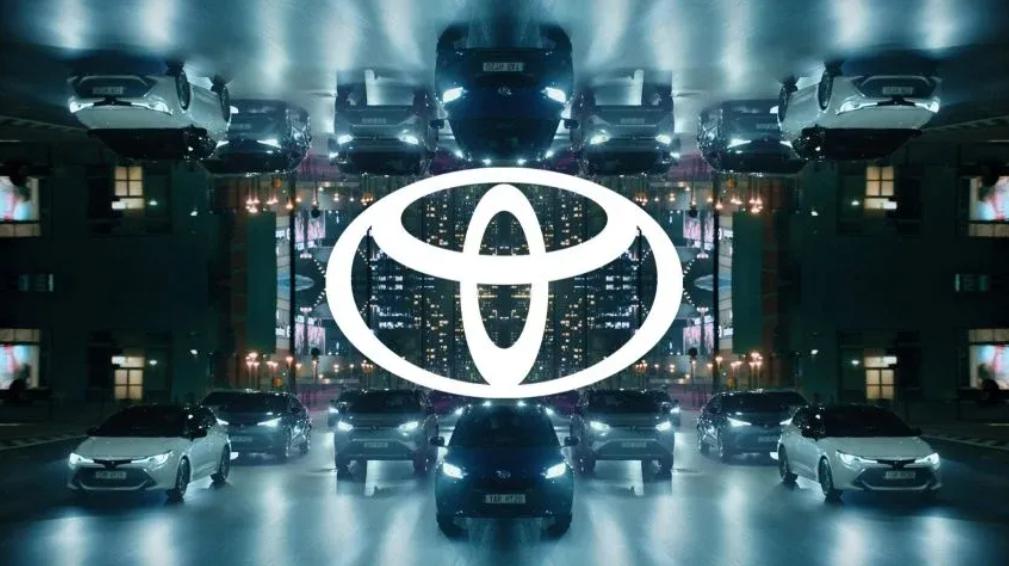
Among the automakers accustomed to applying this philosophy, one has long held the global annual sales crown with over ten million units—this is Toyota. Toyota Motor Corporation once halted its expansion for a three-year plan starting in 2012 to focus on profit, quality, and overall management performance; it also implemented a price stability strategy in China to protect the brand's prestige.
This kind of "always planning for the next stage" sustainable development strategy has another name—long-termism—which stands in stark contrast to the impatient mentality of seeking quick success and instant benefits.
In 2025, China's automotive market will finally see a new wave of rewards for companies that have upheld the banner of long-termism, as the market, after a period of accumulation, surges forward like a rushing stream.
From achieving a counter-trend growth in sales in China in the first half of 2025 to making initial breakthroughs in electrification and intelligence, Toyota has demonstrated to the industry and the world with its strategy of “planning for the long term over the short term, focusing on the bigger picture over a single area” that long-termism is the right direction.

Compared to the ultimate pursuit of intense fervor, the effortless flow state embodies more sustainable potential; the restraint of long-termism in the previous stage is precisely to accumulate energy for the full burst in the next stage.
Practicing Eastern philosophy in modern business, Toyota, as a representative of the brave in the automotive world, is navigating through the fog of restlessness and embarking on the right path.
Long-termism is entering its harvest period.
When the Chinese car market was still dominated by the theme of "domestic brands advancing vigorously while joint ventures were sluggish," the question of "how much strength joint ventures and foreign brands still have" was shattered by real data.
In the first half of 2025, Toyota Motor (including the Lexus brand) achieved total sales of 837,739 units in the Chinese market, representing year-on-year growth. The figures released by Toyota have not only encouraged the joint venture camp, but have also brought joy to the entire industry. After all, domestic brands also like to "cross the river by feeling Toyota’s way."
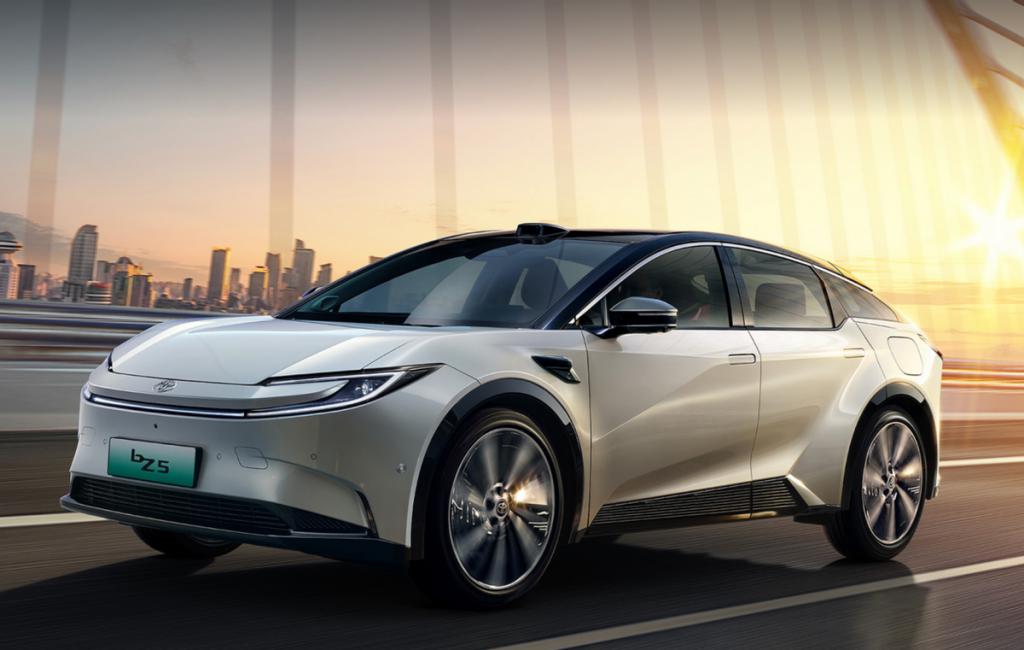
According to data from the China Passenger Car Association (CPCA) cited by "Auto Commune," based on wholesale sales statistics, Toyota's two major joint ventures in China, as well as the imported luxury brand Lexus, all delivered outstanding "mid-year exam" results.
FAW Toyota's wholesale sales reached 373,780 units, a year-on-year increase of 21.1%; GAC Toyota, despite a high base last year, saw a year-on-year rise of 2.6% to 344,672 units; Lexus' sales in China exceeded 85,000 units in the first half of the year, continuing to achieve positive growth and maintaining its position as the top-selling imported luxury car brand.
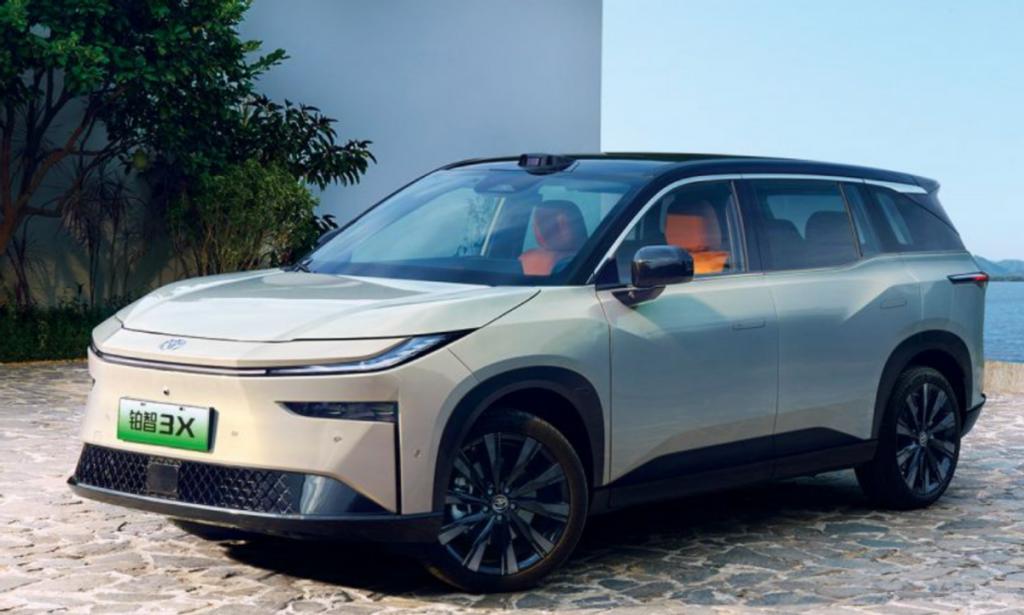
In terms of product reputation, the emergence of the Platinum Zhi 3X has completely shattered the entrenched stereotype that "Toyota cars are not smart enough and not good at electrification." Notably, more than half of the Platinum Zhi 3X owners chose models equipped with advanced intelligent driving assistance features. Moreover, the bZ5 launched this year and the Platinum Zhi 7, which made its debut at the Shanghai Auto Show, have sparked boundless anticipation among consumers.
Behind this letter of congratulations lie two scenes.
One is the contrast scenario. In the past few years, while some manufacturers experienced a brief surge in sales, Toyota's growth rate seemed "quiet" in comparison. However, Toyota, embodying the philosophy of "the flowing water does not compete for precedence," has been quietly honing its skills in electrification and intelligence, gaining insight into future consumer trends and preparing to make its move.
The second point is the macro perspective. In the view of "Auto Commune," what carries even more weight than the previous aspect is the cumulative sales volume in China. As of mid-July 2025, Toyota (including Lexus) has sold more than 25 million vehicles cumulatively in China, among which Lexus accounts for over 2.1 million units.
From 2.1 million luxury brand users to 25 million consumers voting with their feet, the enormous trust placed in Toyota and Lexus carries a weight that even surpasses the "leading the joint venture camp growth rate" performance of the half-year.
Who says the dividends of long-termism are far off? Toyota Motors has already proven through practice that "accumulating strength for a decisive moment" is the true essence of industry development. Only with strategic resolve and a commitment to quality can one navigate through cyclical uncertainties and achieve healthy and sustainable development.
Win with sincerity, the way of deep cultivation.
How can long-termism be practiced? And how can one endure the loneliness during the process of cultivation? Through sweat and deep reflection over the past two years, Toyota has demonstrated a textbook example of transformation.
At the core of the "Long-termism, Dedicated Cultivation" strategy is Toyota's sincere commitment to deepening its operations in China. This is achieved through multiple dimensions, including management systems, business layout, R&D systems, and product technology, to realize "Global Presence, More Chinese Focus." After all, in developing within China, being "More Chinese" is the key to "More Long-termism."
At the beginning of the year, Toyota China appointed Dong Changzheng as Vice Chairman and Li Hui as General Manager, marking the first time in Toyota's history in China that such high-level executive positions are held by Chinese individuals. This is the start of promoting a "more Chinese" approach from the management system.
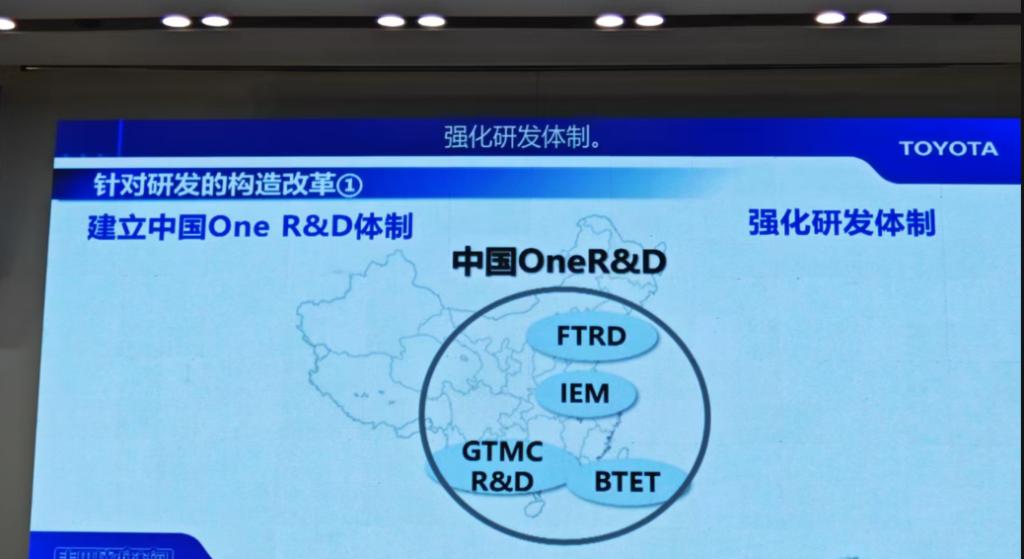
At the Shanghai Auto Show in April this year, Toyota announced two "More China-oriented" research and development systems to the industry, namely ONE R&D and RCE.
The essence of ONE R&D is the integration of research and development, uniting all of Toyota's R&D capabilities in China into one.
The pressure on research and development in the automotive industry is increasing day by day. In the era of internal combustion vehicles, individual powertrains and chassis platforms operated independently, and the R&D investment for a single project was not particularly astonishing. However, in the modular platform stage, R&D expenses increased by an order of magnitude. In the era of new energy and intelligence, whether it is electrification or intelligent technology, the extent of spending and the demand for talent are far beyond what they were in the past.
In 2023, Toyota renamed the former "Toyota Motor Engineering & Manufacturing (China) Co., Ltd." to "Intelligent Electric Vehicle Development Center (China) Co., Ltd. (IEM by TOYOTA)," with its research focus naturally shifting more towards electrification and intelligent technologies. This is Toyota's first step in addressing challenges, a "turnaround."
Based on IEM, Toyota has integrated the previously dispersed research and development units in China, including FAW Toyota R&D, GAC Toyota R&D, BYD Toyota R&D, and the Toyota Intelligent Electric Vehicle R&D Center, to establish an independent R&D system in China. This involves transferring R&D decision-making power from Japan to China. Toyota will collaborate with the parent companies of the joint R&D institutions, such as FAW, GAC, and BYD, to fully leverage Toyota's overall R&D strengths and promote the research and development upgrade of intelligent electric technology with comprehensive strength. This is Toyota's second step in solving the problem, "Collaboration."
After forming a "synergy" in R&D, Toyota's next "major move" is the introduction of the Chief Engineer RCE system in China. This is also Toyota's way of "making efforts" in implementing specific models after achieving synergy.
As the Chief Engineer, the CE is the person with overall responsibility for vehicle development, encompassing everything from product planning to production and sales, with full responsibility and authority, streamlining all processes. A common complaint and issue in contemporary enterprises is "cross-departmental communication and collaboration," which fundamentally stems from "unclear responsibilities and authority." The emergence of the CE system is highly targeted at addressing this.
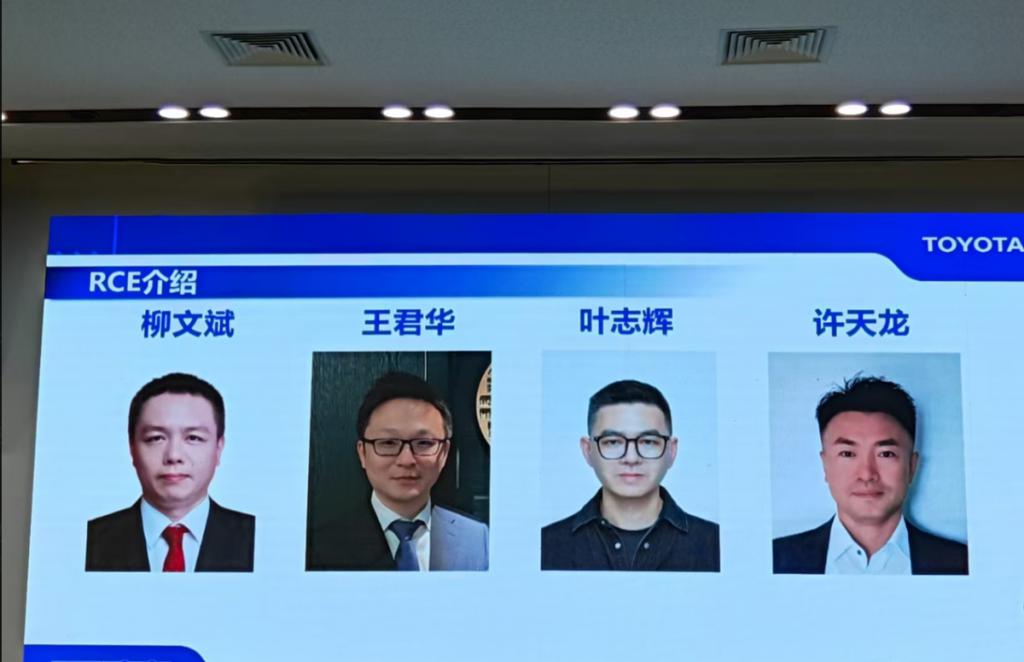
RCE adopts this approach by "empowering Chinese R&D" to reenact transformation on Chinese soil. The RCE system allows for flexible allocation of distributed resources and equipment. Localized R&D does not need to go through Japan for feedback and confirmation; decisions can be made directly in China, thus shortening the entire development cycle.
"More China-oriented business layout" involves partnering with the supply chain and deepening strategic cooperation with more leading Chinese technology companies (Tencent, Pony.ai, Momenta, etc.) to continuously provide solutions to meet consumer needs.
One of the important reasons why the Polestar 3X and bZ5 are widely popular is their integration of the Momenta intelligent driving assistance system, which is suitable for all scenarios.
From the already popular RAV4 3X, to the already launched bZ5, to the RAV4 7, which debuted at the Shanghai Auto Show in April, and more future Toyota models, "more Chinese-oriented products" are increasingly emerging.
Under a "more Chinese management system," through a "more Chinese business layout" and a "more Chinese R&D system," the goal is to create "more Chinese products." This reflects Toyota's approach of not being rash and impatient, not cutting corners, focusing on the long term, and taking steady and thorough actions.
The perseverance of long-termism, the victory of the right path
The most valuable aspect of long-termism lies in adhering to the necessary values and systems of rules.
Unlike the consumer electronics industry, the automotive industry is related to the personal safety of users and should adhere to this principle consistently.
"Uncompromising on safety, peace of mind, and quality, and not sacrificing consumer interests for short-term sales." While some manufacturers take the great risk of using consumer-grade chips and shortening verification processes, Toyota has consistently adhered to its own development pace during the intelligent electrification transition, maintaining its brand DNA of "peace of mind, safety, and reliable quality."
At this year's Shanghai Auto Show, Toyota globally unveiled the renewed and upgraded bZ brand worldview for the first time. By returning to Toyota's philosophy of "creating mobility tools that everyone loves with a focus on driving pleasure," the bZ brand redefines the significance of vehicles for customers. It interprets the most basic promises and responsibilities to consumers with three key words: peace of mind, safety, and advancement.
Taking the development of bZ5, Lingzhi 3X, and Lingzhi 7 as examples, Toyota did not pursue rapid product iteration to the maximum extent. Instead, they continued to complete the full-cycle testing and inspection insisted on by traditional automobiles, making them more reliable than "insufficiently tested" brand electric vehicles. At the same time, Toyota further empowered the Chinese team through the ONE R&D and RCE development systems, enhancing the speed of development, which makes their product iteration faster than "pre-transformation Toyota."
The RCE team adhered to Toyota's stringent component design reinforcement standards during the development process, while deeply integrating the cost and efficiency advantages of the local supply chain. Ultimately, they achieved a product balance of "uncompromising safety quality baseline and intelligent configuration experience beyond expectations."
"Unbreakable Toyota", just as it was in the era of fuel-powered cars, remains so in the era of smart electric vehicles.
From electrification to intelligence, in this unprecedented wave sweeping the automotive industry, Toyota is using its diversified resilience to outline its understanding and positioning, while continuing its tradition of generosity and magnanimity.
When the automobile industry inevitably gets caught in a whirlwind of change, the flow of water cannot remain still and begins to rush forward. This time, will the flow create "towering waves" or end up as "scattered spray against the rocks"? Toyota's semi-annual report has already provided the first annotation and feedback.
【Copyright and Disclaimer】The above information is collected and organized by PlastMatch. The copyright belongs to the original author. This article is reprinted for the purpose of providing more information, and it does not imply that PlastMatch endorses the views expressed in the article or guarantees its accuracy. If there are any errors in the source attribution or if your legitimate rights have been infringed, please contact us, and we will promptly correct or remove the content. If other media, websites, or individuals use the aforementioned content, they must clearly indicate the original source and origin of the work and assume legal responsibility on their own.
Most Popular
-

U.S. Appeals Court Officially Rules: Trump Tariff Unlawful and Void!
-

[Today's Plastics Market] General Materials Weakly Fluctuate, Engineering Materials Steadily Rise
-

At Least 44 Dead in Century-Old Fire! Questioning Hong Kong's Hong Fu Garden: Why Has the Path to Fire Resistance Taken 15 Years Without Progress?
-

Avatr Files for IPO on HKEX, Plans to Complete Listing in Q2 2026
-

Satellite chemical's profits surge! can the 26.6 billion yuan high-end new materials project meet expectations? a review of progress on four major projects






